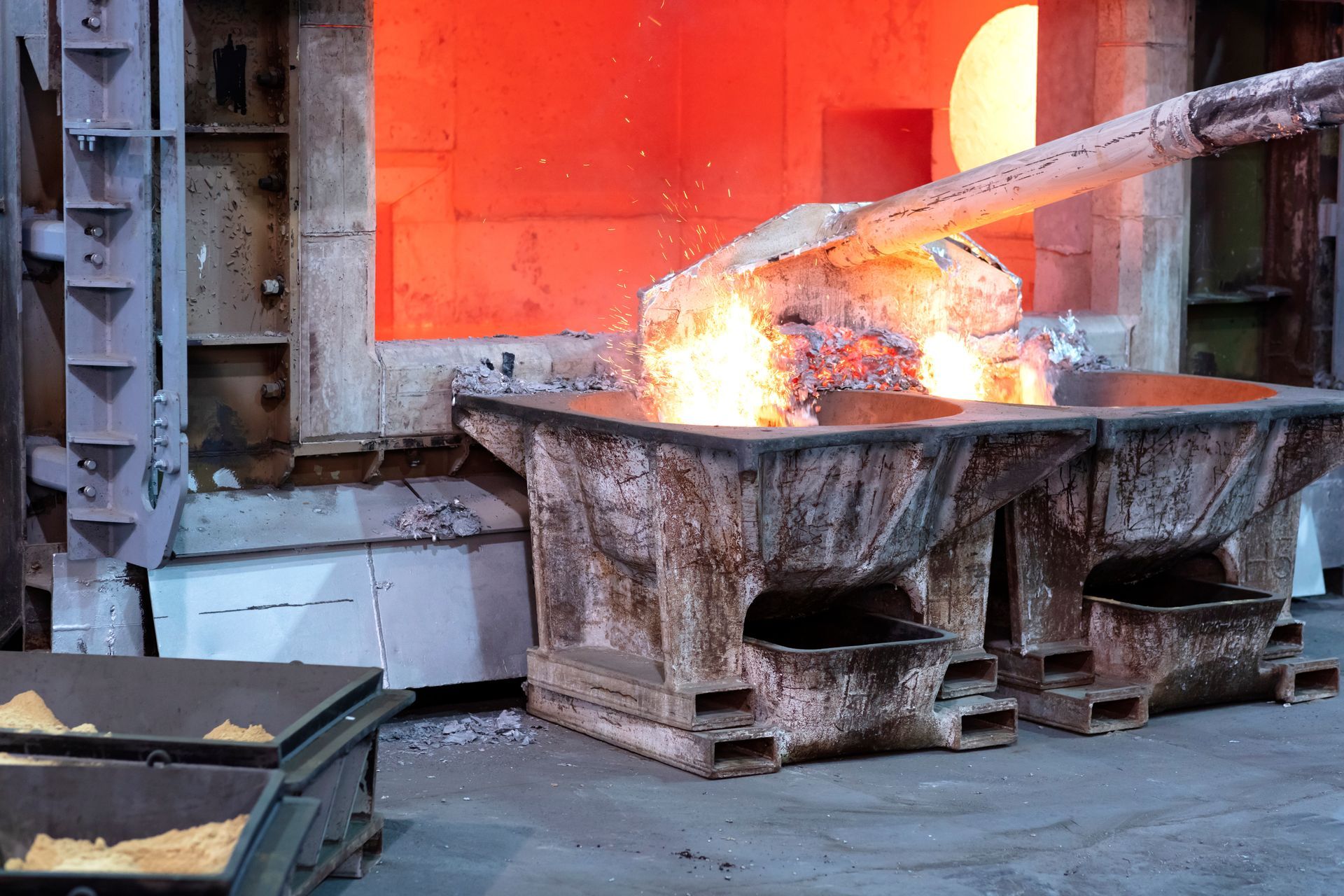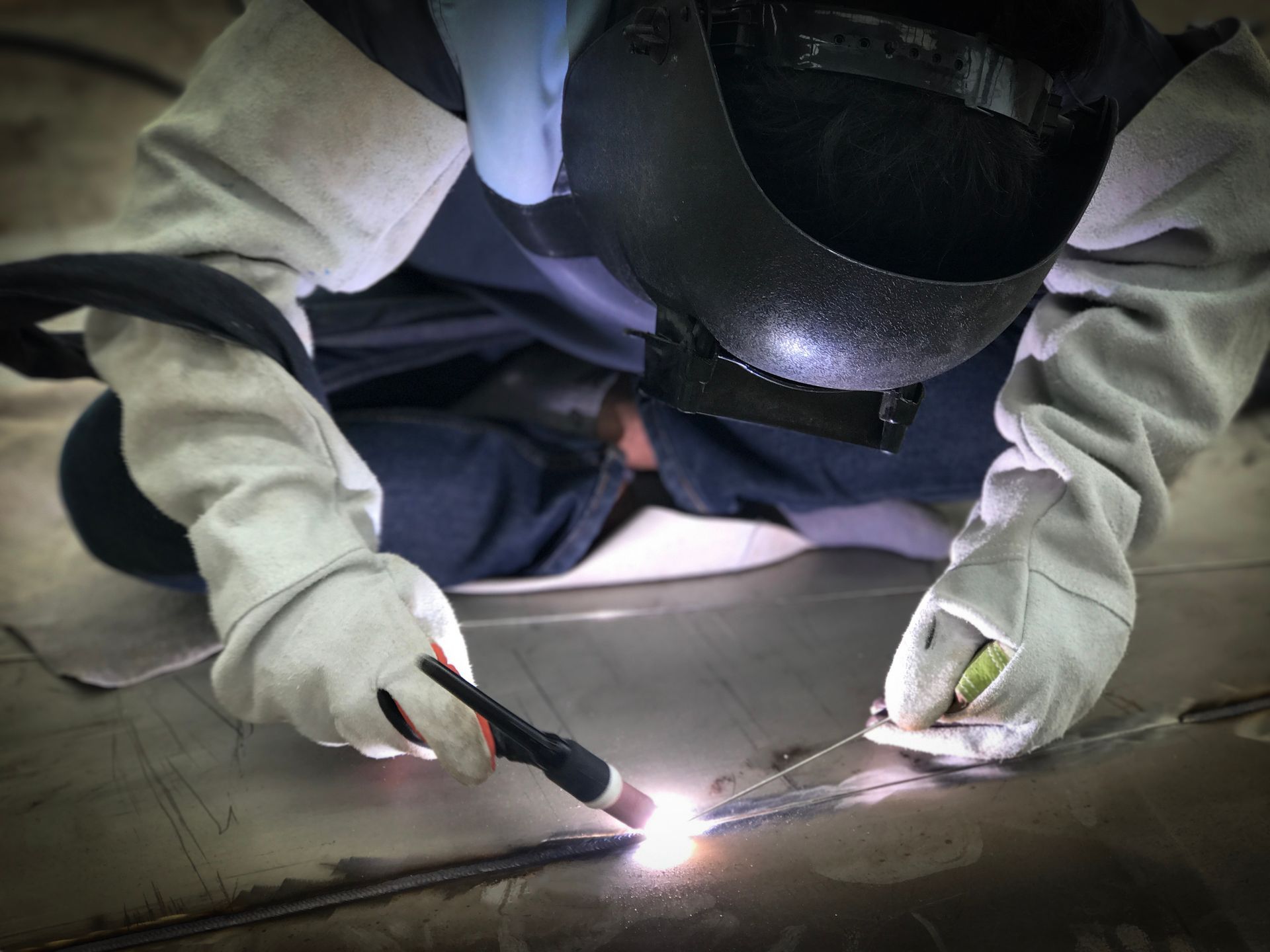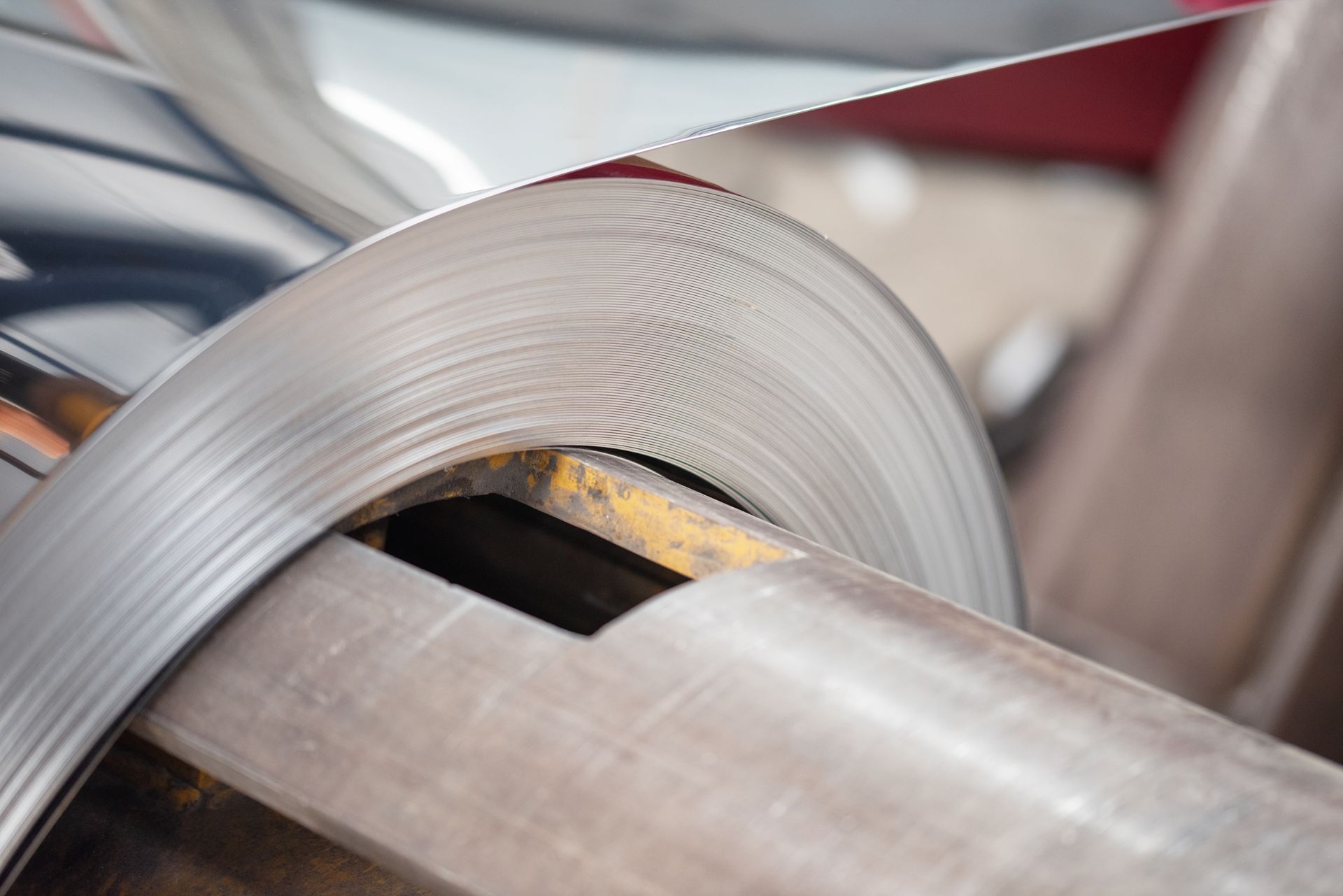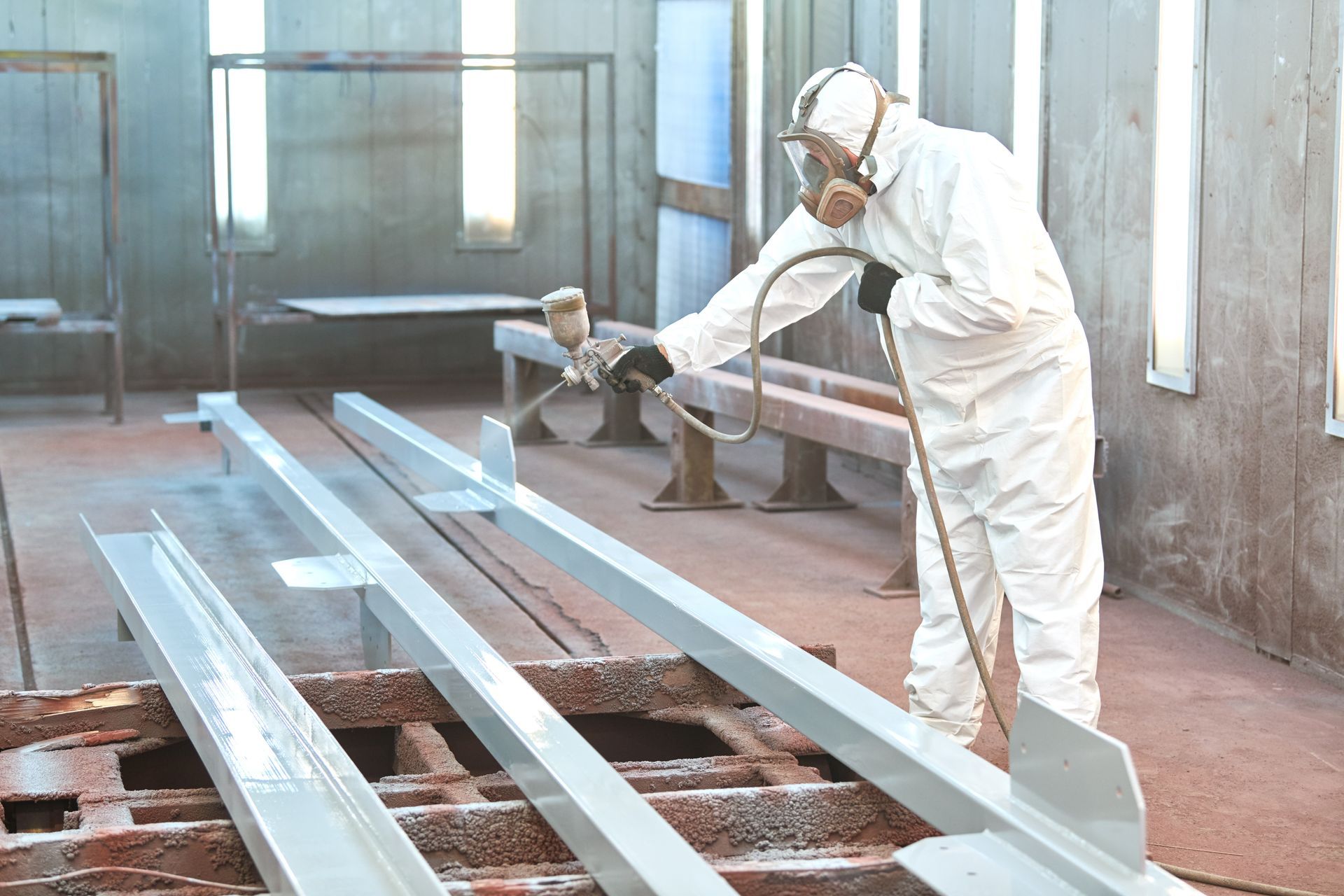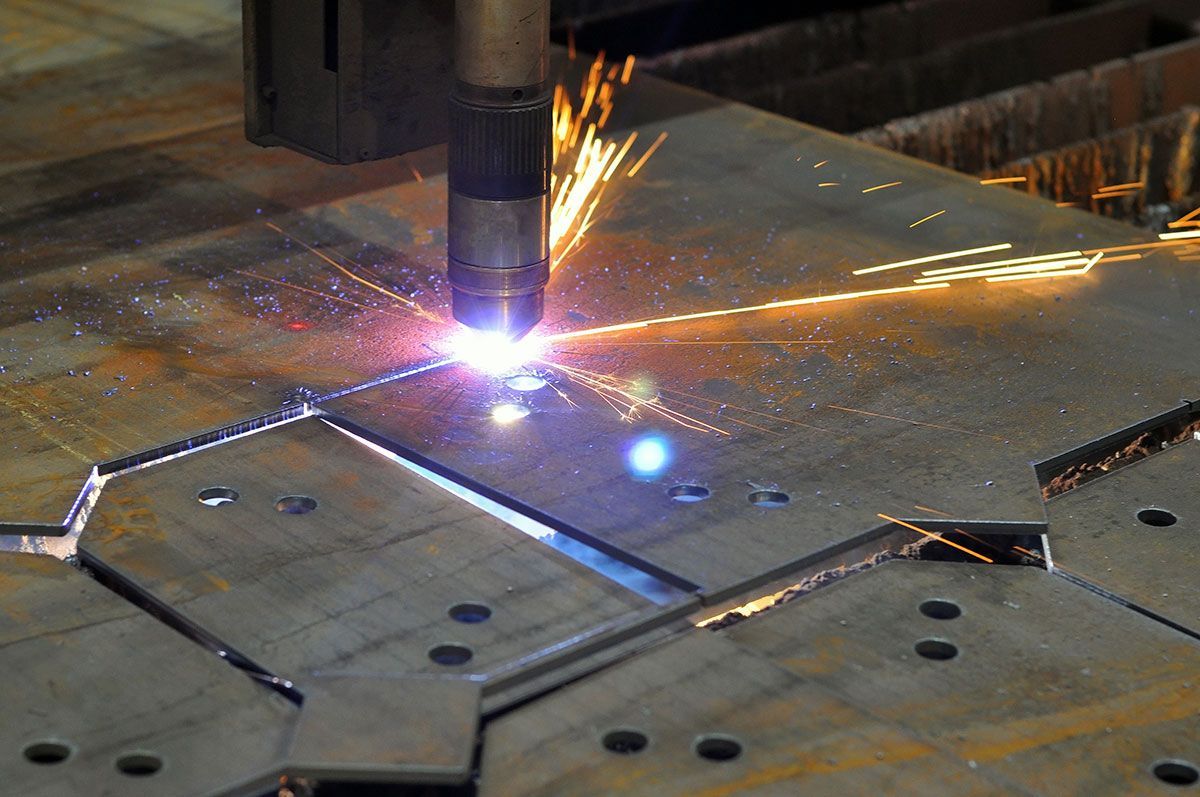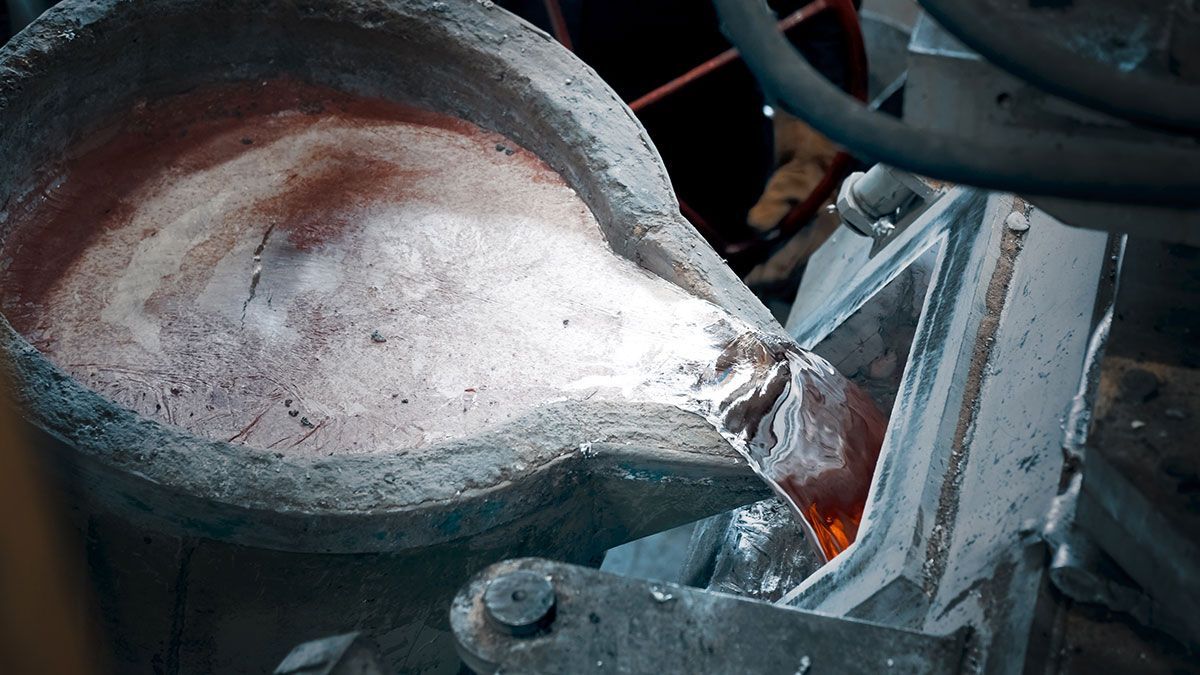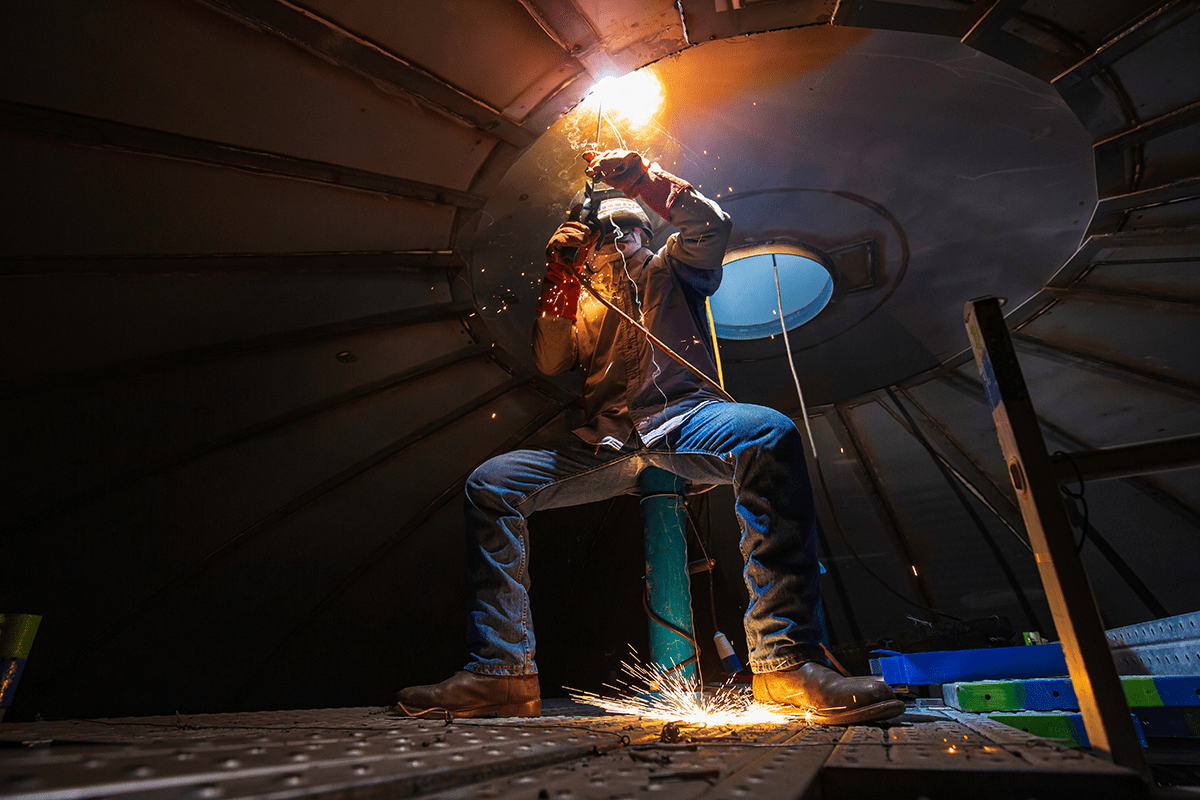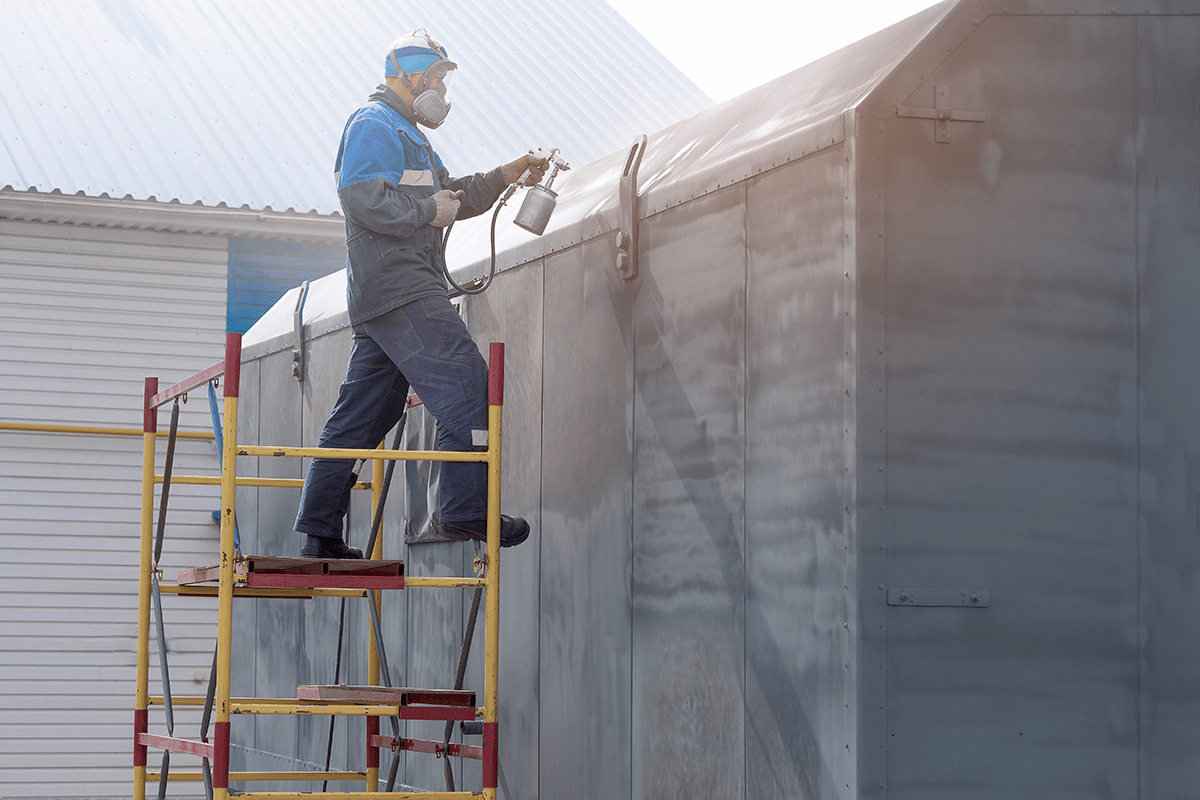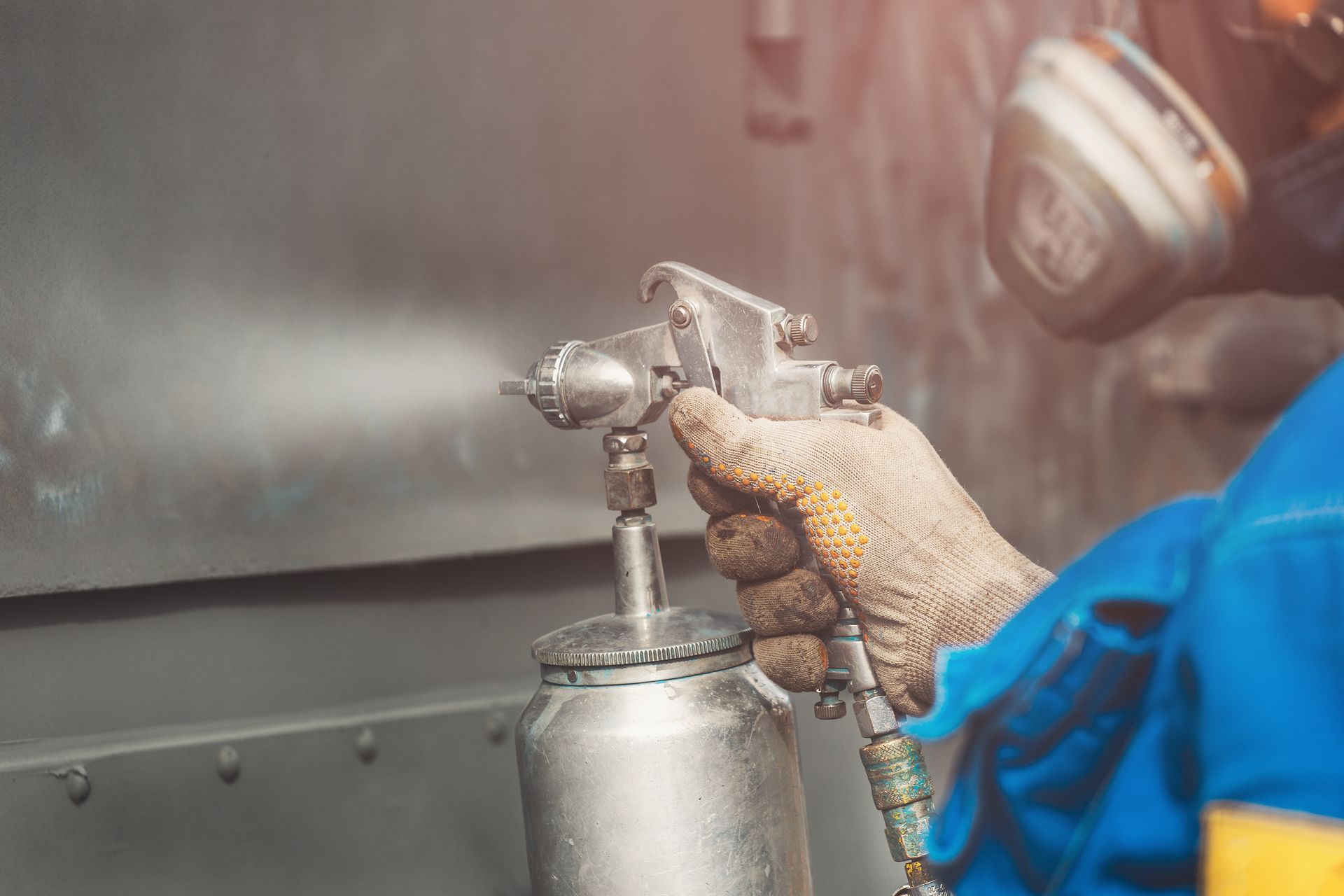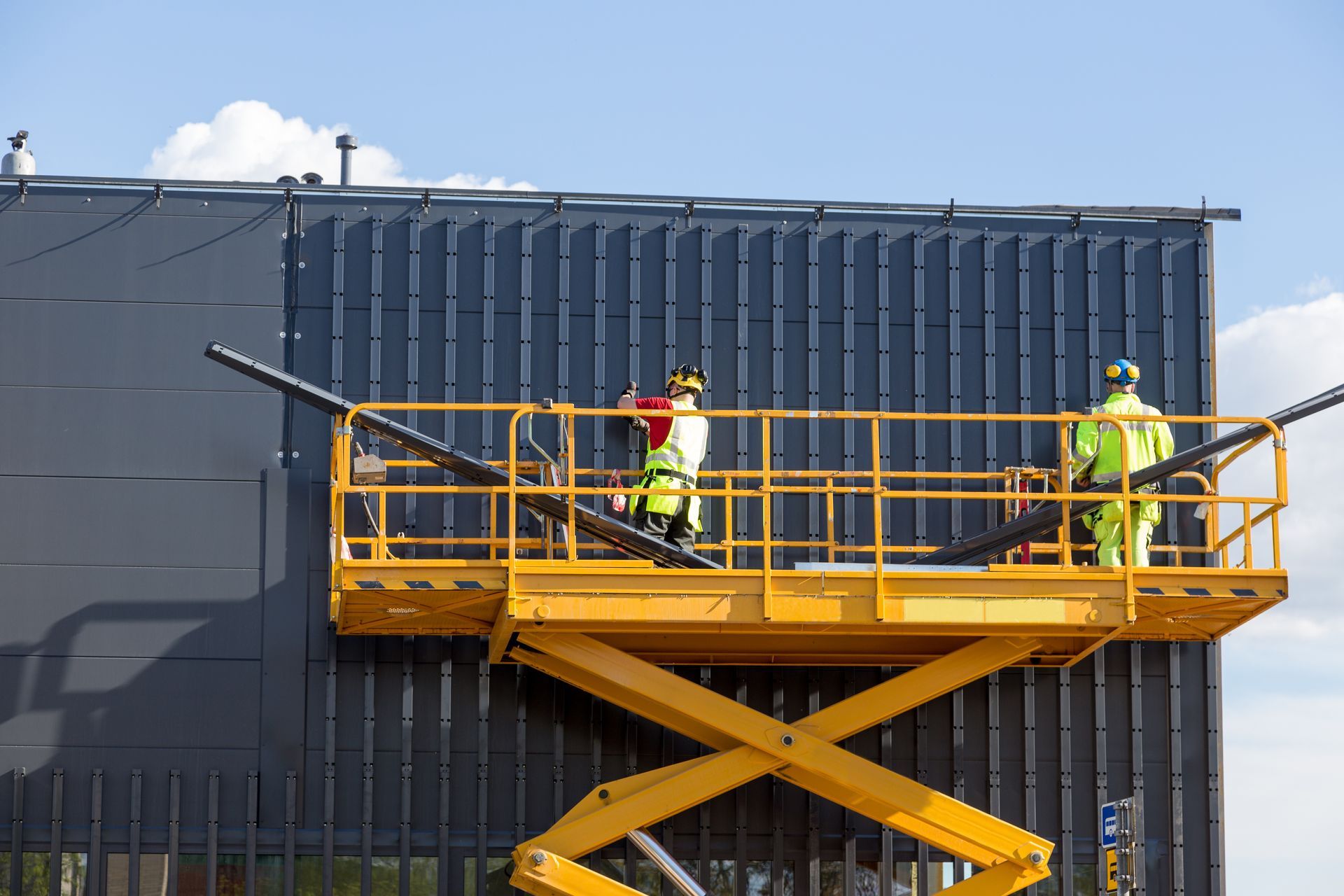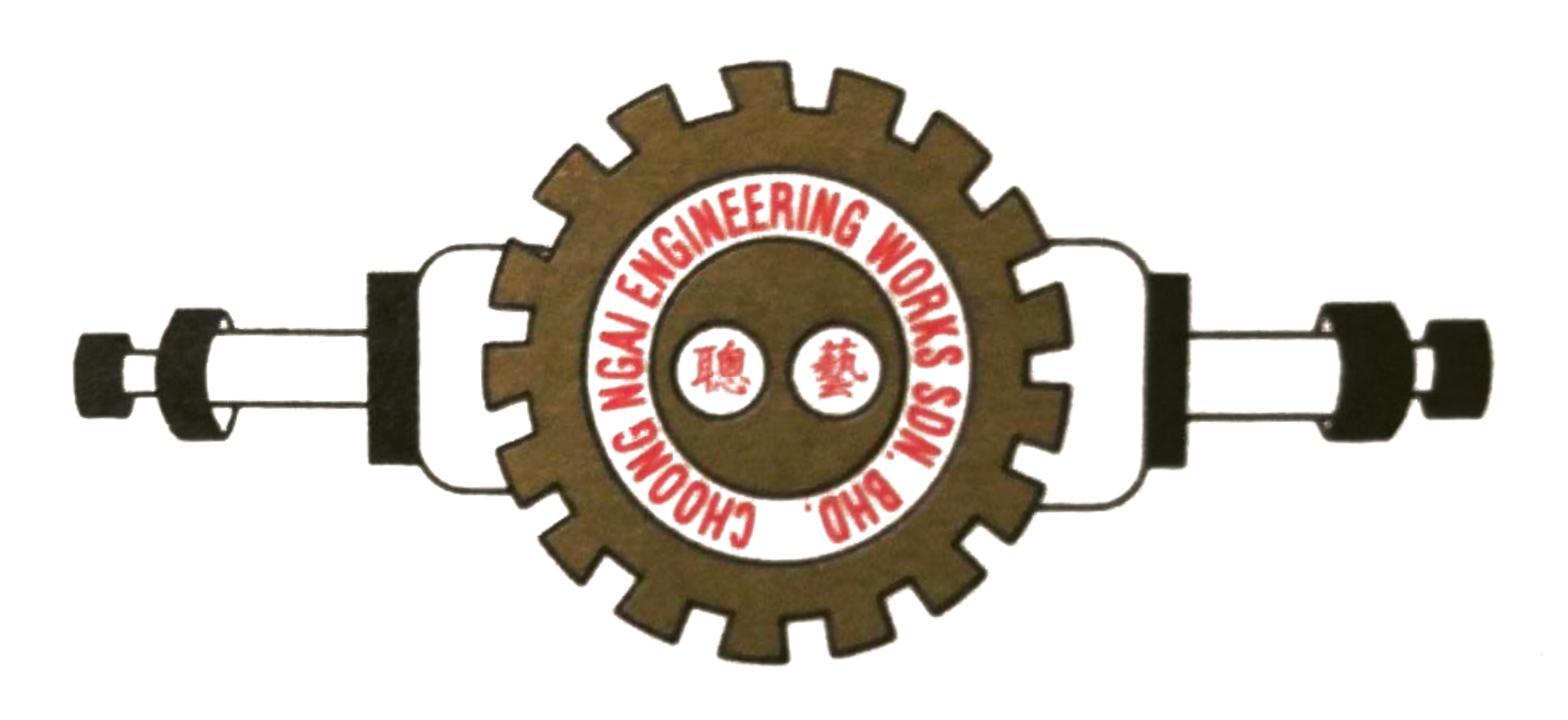Agricultural Machinery Maintenance Checklist
Growers and farmers often think of agricultural equipment maintenance with performance and longevity in mind, and rightly so. In fact, equipment upkeep plays an important role in agricultural safety!
In order to consistently expect good machine performance and conservation, it is necessary to correctly maintain the agricultural machines, with periodic checks and controls, and to follow the recommendations of the equipment manufacturer’s manual. By doing so, you can increase the machine's lifespan, reduce downtime, and avoid unnecessary expenses.
These measures are necessary, especially when the equipment works in unfavourable conditions, such as uneven ground, excessive dust and humidity, among others.
With the use of the equipment itself over time, your machine's parts suffer progressive wear that impairs their operation. As a result, you can expect to have a drop in machine performance, which affects all production in the field.
Another problem caused by the lack of machines maintenance refers to the workers safety and health. After all, defects and wear on this equipment increase the accidents risk, such as those caused by loose parts and even electrical failure.
To avoid these problems, preventive maintenance is recommended, which increases machine lifespan, involves less expensive repairs and does not interrupt production. In this article, we'll discuss the importance of agricultural machinery maintenance and the common preventative maintenance checks for agricultural machinery.
What are the common steps to agricultural machinery maintenance that you need to know?
i) Perform routine visual inspection of your small agricultural machinery
Check for leaks and worn or loose hoses or cables. Dirt build-ups could be a sign of minute leaks. Repair for leaks, big or small, might simply entail tightening or replacing hoses or clamps or tightening drain plugs.
ii) Check your machine's radiator-fluid level
Gradual loss of fluids over time can be expected in any agricultural machinery; however, if a significant amount of additional coolant is needed, it may indicate other, more serious problems, such as coolant leaking into engine oil.
iii) Always check your machine's drive belt for wear and tension
Any dirt or debris should be cleared out using air pressure to avoid damaging parts of your machine, such as its radiator. If cleaning with a pressure washer, take care not to bend parts, damage seals or other components.
iv) Ensure your agricultural machine's fuel is always topped off
Fuel should always be fresh—no more than three months in storage. Check to be sure they are clean and rust-free as you don’t want to dump rust and contaminants into your machine's fuel tank.
v) Check your machine's oil levels
If adding gas required you to start your machinery and drive a short distance to fuel storage, you’re ready to check oil levels. If not, start the engine, and let it warm up before checking the oil. Stop the engine, and give it a few minutes before checking the dipstick or other oil-level indicator. If you have an older machine, this is a good time to check oil levels in gearboxes with their own reservoirs.
Check hydraulic and transmission fluid as well. Some agricultural machinery models share a common reservoir for both as well. Add oil as needed. Like with the coolant, low engine-oil levels are indicators of other problems. Unlike coolant, internal oil leaks will usually show up first as blue smoke in the exhaust or as reduced power.
As a final step in your agricultural machinery maintenance and lubrication, it is key to grease joints. Out-of-the-way grease zerks—the small metal fittings for inserting grease into mechanical joints—are easy to miss. When initially compiling your checklist, do a careful count of all fittings, and count them off when you use your grease gun.
vi) Always check your machine's air filter
While it's often said to be unnecessary to check your machinery's air filters on a daily basis, it is a beneficial step to prevent any accidents or mishaps from happening. For example, if you find crop or weed residue build up on your machinery's radiator or grill screen or you’ve been operating in particularly dirty conditions, take an extra step and remove them before they can affect your machine.
Watch for air restrictions that affect power and also for dusty operating conditions that can put an extra load on air filters. For example, black smoke in the exhaust can also be a sign of insufficient air mixing with the fuel.
Most air filters today have a larger outside filter and a smaller (backup) inner filter. The inner filter should not be pulled out, except for replacement. If the outer filter is visibly dirty, remove it and blow it out using no more than 35-psi airflow; then return it to the housing. Wipe out any dirt or dust before closing the housing.
Looking for an agricultural machinery maintenance service provider? Try Choong Ngai Engineering
With Choong Ngai Engineering's veteran technicians and engineers, we can provide agricultural machinery maintenance services regardless of which industry your business is in.
Most importantly, we'll work alongside you and your team to understand and define your exact requirements, and this process ensures that we provide the best solution to your unique maintenance requirements.
With our tailored equipment and techniques, we've been servicing happy customers for over 10 years. Learn more about our services and previous projects on our website or contact us at
https://www.choongngaiengineering.com/.
